How to Fertilize Indoor Palm Trees Step by Step – Sembrar100
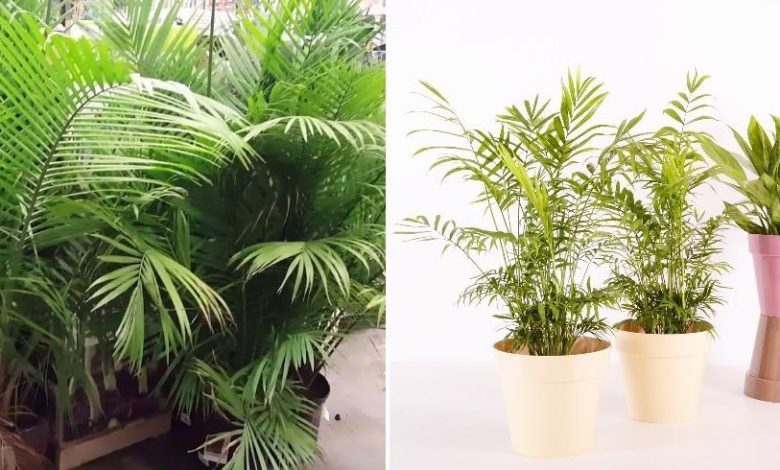
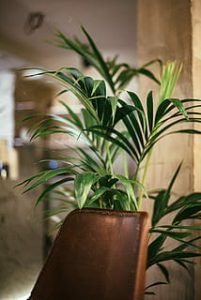 How much grandeur palm trees give us, whether they are indoors or outdoors!
How much grandeur palm trees give us, whether they are indoors or outdoors!
These exotic cut plants can be kept indoors without any problem, as long as their size is controlled, of course.
The care is very similar to what you would have with an outdoor plant, so don’t worry because they are usually quite few.
One of them, the fertilizer. You may have many doubts about it, so we are going to clarify them all below, are you coming?
Why is it important to fertilize indoor palm trees?
Palm trees are species that are not very demanding in terms of nutrients, but that does not imply that they do not need them to be in optimal conditions. The main objective is to ensure that its foliage is perfectly structured, vigorous and with the appropriate colors.
Regarding the issue of health, having the required nutrients in a timely manner will be key to resist the attack of pests or diseases. It will also help ensure that changes in the environment do not harm it, especially when you have it in an environment where drafts are frequent.
How often should we pay indoor palm trees?
Indoor palm trees will be fertilized from mid- spring to mid-summer, which is the most appropriate time for this work. By having them protected from the environment, they will not go through the winter cold, but at that time, due to the low temperatures, it is better not to pay.
What nutrients do indoor palm trees need?
 The main nutrients required by an indoor palm tree are nitrogen (N), potassium (K) and phosphorous (P).
The main nutrients required by an indoor palm tree are nitrogen (N), potassium (K) and phosphorous (P).
In the case of micronutrients, palm trees have a special requirement for magnesium (Mg), so you should pay attention to this.
The rest of the microelements must be considered, but taking care that their levels are balanced.
Remember that as important as preventing a nutrient deficit, it is also important to work against an excess. If one of these two cases is generated, the plant will suffer.
What kind of fertilizers do indoor palm trees need?
Indoor palm trees get along better with fertilizers that are of the mineral type, rather than those that are organic.Ideally, these contain all the nutrients that we have already pointed out in the previous point so that they are healthy.
In addition, it is possible to find them on the market in different versions that will fulfill a different objective:
- Slow-release fertilizers: as their name indicates, they are those that make nutritional contributions little by little as time goes by.
- Water-soluble type: they are those fertilizers that are easily soluble in water, so that you have the opportunity to administer them with the irrigation water. They usually come in liquid form.
- Foliar-type fertilizers: they are the fertilizers that you will work with the irrigation water, but unlike the previous ones, you will administer them directly on the foliage of the plant. In this way, the leaves will be able to absorb the nutritional resources and improve the levels more quickly. It is a method that is used above all when the plant has some deficit and a response must be given soon.
How do we prepare fertilizer for indoor palm trees?
 Depending on the type of mineral fertilizer you have decided to use, you will have to apply certain preparation and application strategies.
Depending on the type of mineral fertilizer you have decided to use, you will have to apply certain preparation and application strategies.
The slow release ones can be administered with a granular or rod structure.
In both cases you will only have to spread them over the substrate where the palm tree is and then water with a certain depth.
This will help the nutrients to penetrate in the first instance, causing the same effect in successive irrigations.You will have to prepare water-soluble fertilizers because they need to be diluted in water, according to the concentration indicated by the manufacturer.
Sometimes it is better to place a smaller amount than indicated on the packaging so that you can assess the changes that occur in the plant. Finally, you will prepare foliar fertilizers with a method similar to water-soluble fertilizers, being very careful not to exceed the quantities.
Take into account that the absorption in this case is much faster, which could lead to a nutritional excess being generated very quickly. And this situation is as negative for the health of indoor palm trees as a nutrient deficiency.
How do we detect if indoor palm trees need fertilizer?
If the palm trees are subject to nutritional deficiencies, they will manifest them as follows:
- Nitrogen: causes slowness in the growth process, as well as the loss of green color from the oldest to the newest leaves. They start to turn yellow.
- Phosphorus: the leaves are also affected, but instead of turning yellowish, as in the case of nitrogen, they turn olive green.
- Potassium: causes the appearance of brown or yellowish spots on the surface of the leaves that gradually spread.
- Calcium: the plant begins to decline, losing its vigor. It is also possible that the youngest leaves, which are in full growth, may appear misshapen.
- Magnesium: causes the leaves of the plant to turn yellow, from the oldest to the newest, causing all the leaves to pale little by little.
- Iron: causes the leaves to turn yellow, keeping the veins green. It is easy to correct with iron chelates applied sequentially.
The good news when it comes to composting indoor palm trees is that they don’t grow much, so their nutritional requirements are rather low. In fact, an excess of fertilizer will be as or more harmful than a possible deficit, so do not worry about this issue so much.
You must be aware on summer days, which are the ones that lend themselves the most to comply with this care. From the rest, just enjoy your beautiful palm tree that surely gives a very special touch to your home.
bibliographical references
- Palm tree nurseries, JFBO and Anguís – 1999 – mapa.gob.es
- The Big Book of Exotic Plants, P Blin – 2020 – books.google.com
- The Big Book of Houseplants, MR Coll, MF Terricabras – 2018 – books.google.com
- Study of pre-germination treatments for palm trees: Roystonea regia and Pseudophoenix sargentii, S Miranda Suárez – 2012 – repository.ual.es
Maybe you are also interested in:
- How to germinate Palm Tree Seeds: [Time, Steps and Planting]
- Indoor Palm Tree Care: [Soil, Humidity, Pruning and Problems]
- Palm Pests and Diseases: How to Identify and Treat Them
- Heart of Palm Plant: [Characteristics, Cultivation, Care and Disadvantages]
- Trachycarpus Fortunei: [Cultivation, Associations, Pests and Diseases]

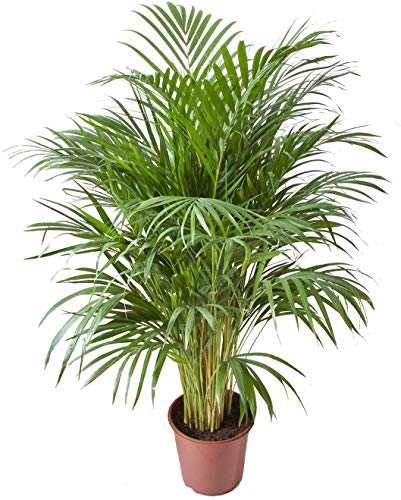
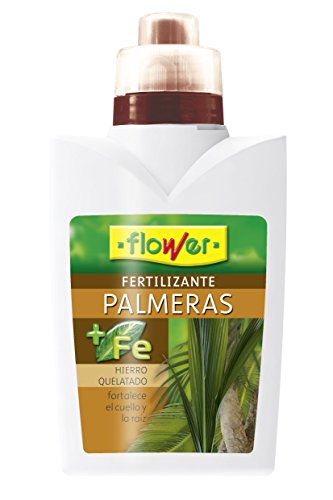
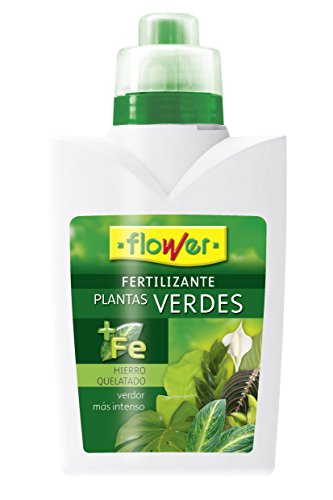
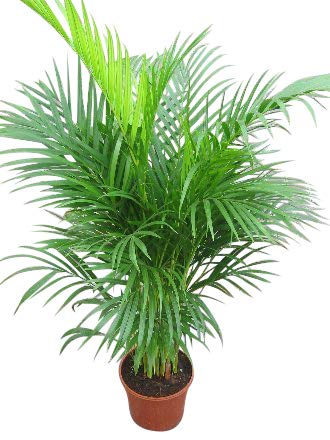
![Photo of Planting Daffodils Was Never So Easy: [Care and Planting Guide]](https://www.complete-gardening.com/wp-content/uploads/2022/08/planting-daffodils-was-never-so-easy-care-and-planting-guide-390x220.jpg)
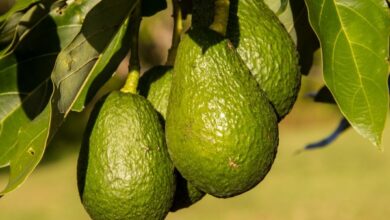
![Photo of Pests and Diseases of Peonies: [Detection, Causes and Solutions]](https://www.complete-gardening.com/wp-content/uploads/2022/08/pests-and-diseases-of-peonies-detection-causes-and-solutions-390x220.png)
![Photo of Prune Hydrangeas: [Importance, Season, Tools, Considerations and Steps]](https://www.complete-gardening.com/wp-content/uploads/2022/08/prune-hydrangeas-importance-season-tools-considerations-and-steps-390x220.png)